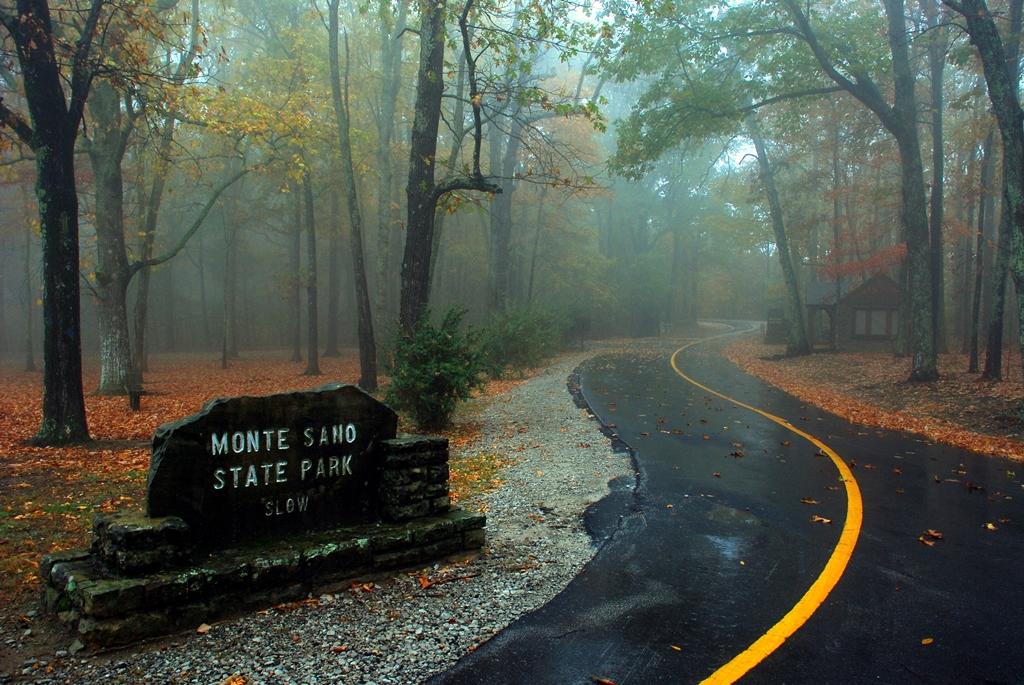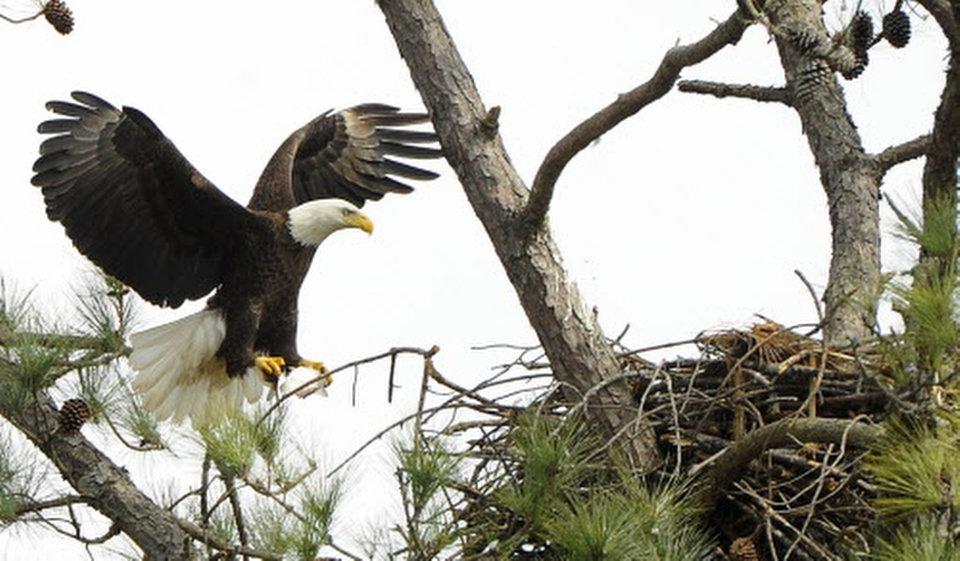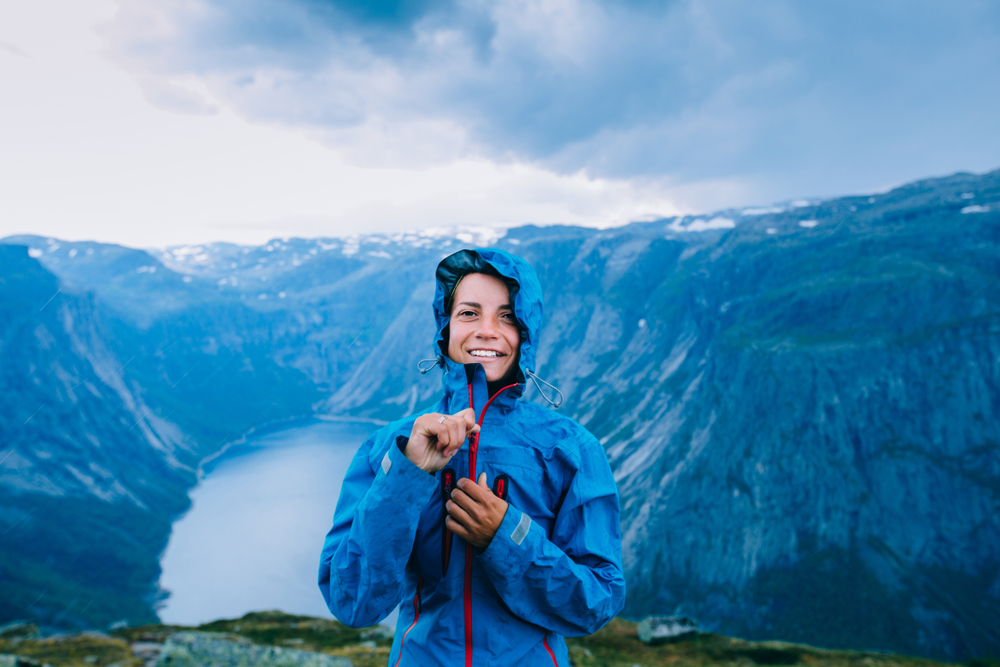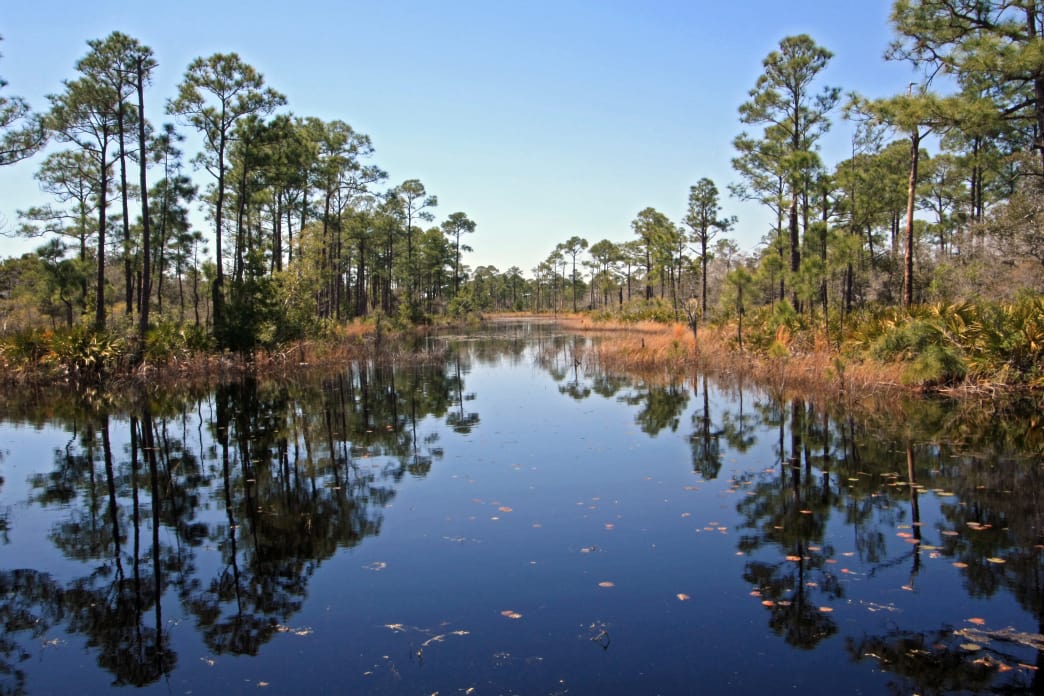5 Ways to Beat the Cold on Winter Hikes
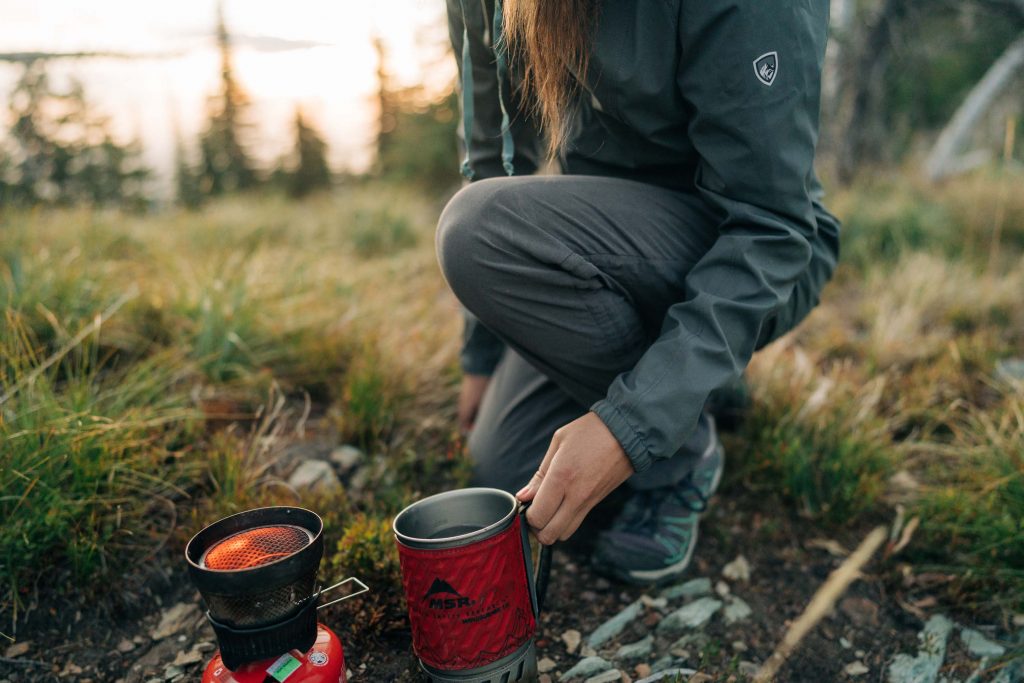 Please note: due to local and state guidelines surrounding the Covid-19 pandemic, some information below may not be accurate. Before you travel and plan your next adventure, make sure to check each business/park/campsite for any closures or guidelines and for the most up to date information. Enjoy your next winter hike in Alabama this season!
Please note: due to local and state guidelines surrounding the Covid-19 pandemic, some information below may not be accurate. Before you travel and plan your next adventure, make sure to check each business/park/campsite for any closures or guidelines and for the most up to date information. Enjoy your next winter hike in Alabama this season!
When winter arrives hiking and backpacking just get better. On high mountain trails, the bare trees allow you to see for miles, and the cold, clear air creates perfect conditions for brilliant sunsets. Plus, you don’t have to suffer the heat and mosquitoes that descend on trails in summer.
Still, some people avoid trails in winter because they think cold temperatures will make them uncomfortable. But, if you take certain steps and follow the advice of seasoned hikers, you can beat the cold and remain warm, content and safe during cold weather.
As you contemplate a winter outing, consider the following five tips offered by veteran hikers.
1. Layer Your Clothing
The key to staying comfortable on the trail in winter is to regulate your body temperature so that you’re never too cold nor too hot for long periods of time. To do this, you should dress in layers and add or remove clothing as you begin to cool down or warm up.
During winter, your layering system should include a thin top and bottom (long underwear) to wear as your base layer; a shirt and pants made of lightweight or midweight material to wear over your your base layer; an insulated jacket; and a waterproof shell jacket. (You can also use an insulated jacket that’s also waterproof.) If there’s a chance you’ll encounter rain, pack waterproof pants as well.
Because we lose much of our heat from our extremities, it’s also important to pack a warm hat, gloves and warm socks. (On an especially cold night, you can put these on to warm up quickly.)
When you pack for a hike or backpacking trip, be sure that your shell jacket is easily accessible. If you stop for a long break, you can throw on your shell to block wind and retain some body heat. If you do get sweaty as you’re hiking, change into dry clothes when you get to your campsite, because this will help prevent your core body temperature from dropping.
2. Wear Synthetic or Wool Clothing

You should always avoid wearing cotton and opt for clothing that includes synthetic fabrics or wool. When cotton clothing gets wet, it retains moisture, sucks heat away from your body, and takes forever to dry.
Synthetic fabrics will dry quickest, and in cold weather they won’t steal your warmth as much as cotton would. In recent years, wool clothing has become more popular for cool and cold conditions because modern merino wool is much softer and more comfortable than wool of the past. Also, wool is a great insulator and will continue to help keep you warm if it gets wet.
To keep your feet warm and to prevent blisters, use merino wool socks or synthetic socks because they’ll pull moisture away from your feet, whereas cotton socks just get soaked.
3. Stay Hydrated

It might not seem obvious, but you need to take in adequate fluids to stay warm in cold weather. If you get dehydrated, it’s possible that your core temperature could drop, and you could be more susceptible to hypothermia. Also, dehydration can cause you to get disoriented, dizzy and lethargic. When this happens, you’re more likely to make bad decisions or get lost while navigating in the backcountry.
Many people associate dehydration with hot weather, but you can easily become dehydrated in cold temperatures. This is partly because people tend to drink less frequently when they hike in winter. According to experts, cold weather can cause a person’s thirst response to drop as much as 40 percent.
Also, if the humidity is low enough, the fluids you lose will evaporate rather than sit on your skin, and you won’t realize you’re sweating. When people don’t recognize that they’re sweating, they don’t drink as much.
To help you stay hydrated, it’s a good idea to use a hydration bladder with a drinking tube, such as a CamelBak system. Because this type of product allows you to drink while on the move, it will cause you to drink more often than you would if you used a water bottle.
4. Be Prepared to Make Hot Drinks
Even if you’re not camping overnight, it’s a good idea to take a stove or other fuel source on long day hikes so you can prepare hot chocolate or other warm drinks. If you or someone you’re hiking with gets too cold, you can quickly raise the person’s core temperature with a hot drink, especially one that delivers lots of calories. To help a hiking partner warm up even more quickly, you can tuck the person into a sleeping bag.
5. Sleep Smart

If you’re camping overnight, carefully consider you’re sleeping gear to ensure that you stay warm at night. While it’s tempting to sleep out under the stars, it’s wise to sleep in a tent in winter because it will protect you from the wind and unexpected rain or snow showers. Plus, the tent will trap some of your body heat.
When you choose a sleeping bag, ensure that its temperature rating suits the conditions you’ll face. If you tend to sleep cold, choose a bag with a rating that’s a bit higher than the temperatures you’ll encounter. Or, buy a sleeping bag liner to slip inside your bag and increase its temperature rating.
If you’re feeling especially cold, you can sleep wearing a hat. For additional warmth, you can put on extra clothing, such as long underwear, socks and gloves.
Before you hit the sack, you can also drink a hot beverage to warm your core. Just be aware that it might cause extra trips to answer the call of nature. Another trick to stay warm is to fill a water bottle with hot water and stash it near your feet in your sleeping bag.
Find the best winter hike gear at Alabama Outdoors. We want everyone to enjoy the outdoors, and we work to build loyalty one connection at a time. Visit one of our stores or take advantage of our shipping or curbside pickup! #BeOutdoors
Written by Marcus Woolf for RootsRated in partnership with Blue Cross Blue Shield of AL and legally licensed through the Matcha publisher network. Please direct all licensing questions to legal@getmatcha.com.
